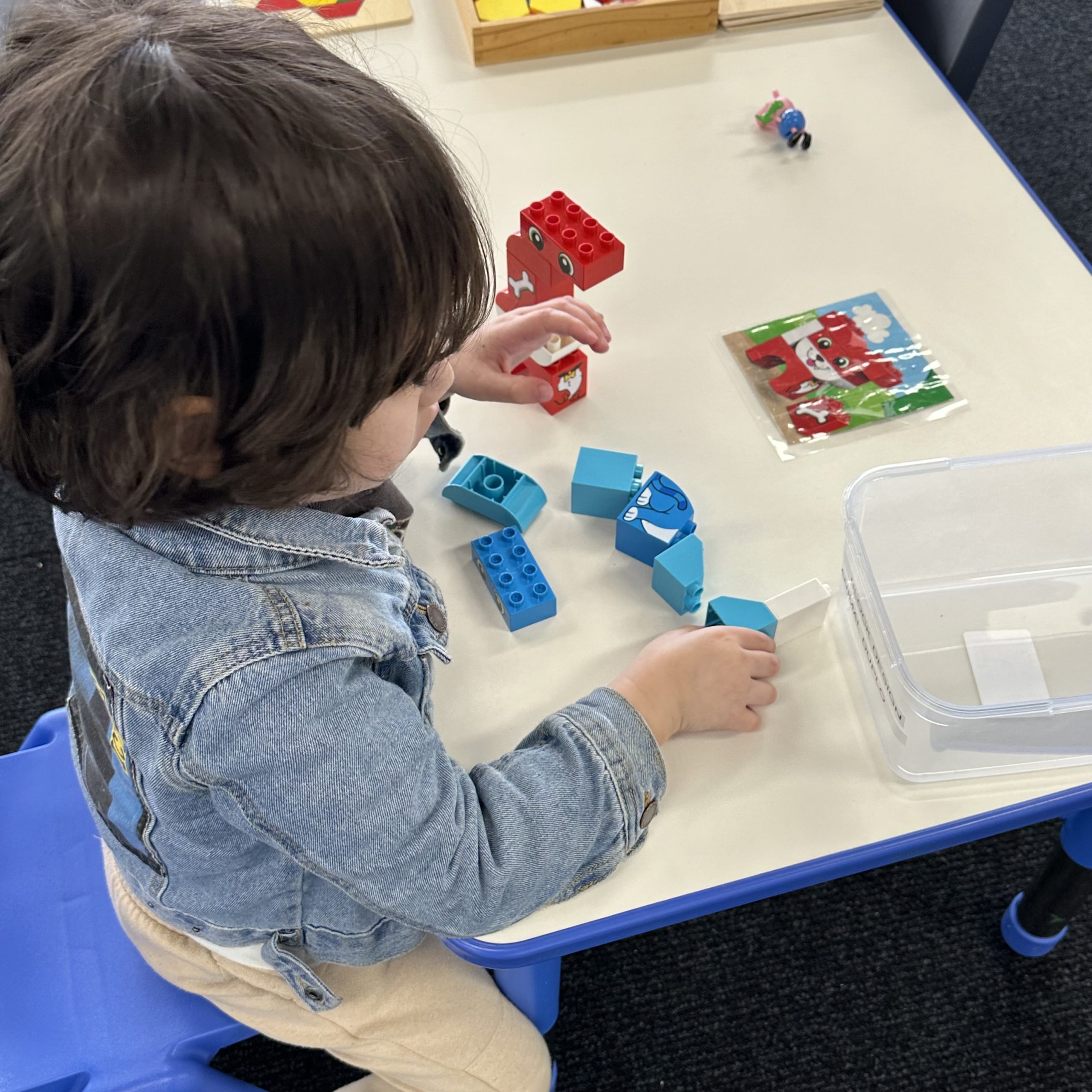
Communication is a vital part of a child’s development, and by the age of four, most children are starting to use language more confidently and effectively. However, some children may experience communication delays, meaning they are not developing speech and language skills as expected for their age. Understanding these delays and knowing how to support a child can make a big difference. Here’s what you need to know about communication delay in 4-year-old children.
What is Communication Delay?
A communication delay occurs when a child does not meet the typical milestones for speech and language development. By age four, children usually have a vocabulary of about 1,500 words and can form sentences of four to five words. They should be able to carry on simple conversations and understand basic grammar rules. If a child isn’t reaching these milestones, it may indicate a communication delay.
Typical Communication Milestones for 4-Year-Olds
- Vocabulary: By age four, children should know and use around 1,500 words, including nouns, verbs, adjectives, pronouns, and prepositions.
- Sentence Formation: They should be able to form sentences of four to five words, like “I want to play” or “Mommy is cooking dinner.”
- Understanding Instructions: Four-year-olds should understand and follow complex instructions, such as “Put your toys away and wash your hands.”
- Asking and Answering Questions: They frequently ask questions and should be able to answer questions about themselves and their environment.
- Storytelling: They should be able to tell simple stories and describe events in order.
Signs of Communication Delay
- Limited Vocabulary: If a 4-year-old uses fewer than 1,000 words, it might be a sign of a communication delay.
- Difficulty Forming Sentences: If they are not yet forming sentences of four to five words, this could indicate a delay.
- Struggling to Understand Instructions: Difficulty following complex instructions or commands is a common sign of a communication delay.
- Unclear Speech: By age four, a child’s speech should be understood by unfamiliar adults most of the time. If their speech is unclear, it might be a concern.
- Lack of Social Interaction: If the child shows little interest in interacting with others, engaging in pretend play, or making eye contact, it might be a concern.
Causes of Communication Delay
- Hearing Problems: Hearing is crucial for language development. If a child has trouble hearing, they might not learn and imitate sounds and words effectively.
- Autism Spectrum Disorder (ASD): Children with autism often have communication delays, along with difficulties in social interactions and repetitive behaviours.
- Developmental Disorders: Conditions such as Down syndrome and other intellectual disabilities can affect language development.
- Environmental Factors: Limited exposure to language and social interaction can contribute to communication delays. Children need to hear language and engage in conversations to develop their skills.
How to Support a Child with Communication Delay
- Talk and Read Regularly: Engage your child in conversation throughout the day. Describe what you’re doing, ask questions, and read books together. The more they hear language, the better.
- Use Simple Sentences: Use short, simple sentences that match your child’s level of understanding. Repeat words and phrases to reinforce learning.
- Encourage Imitation: Encourage your child to imitate sounds, words, and actions. Play games that involve copying each other’s movements and sounds.
- Play Interactive Games: Games like peek-a-boo, pat-a-cake, and simple turn-taking games help develop communication and social skills.
- Use Gestures and Visuals: Use gestures, pictures, and objects to support your words. This helps children understand and remember new vocabulary.
- Be Patient and Positive: Celebrate your child’s attempts to communicate, even if they don’t get it right. Positive reinforcement encourages them to keep trying.
When to Seek Professional Help
If you notice signs of communication delay in your 4-year-old, it’s important to talk to a paediatrician or Speech Pathologist. The doctor can conduct hearing tests and developmental screenings to determine if there is a delay and what might be causing it. Early intervention is key to helping children with communication delays catch up to their peers.
Conclusion
Communication delay in 4-year-old children can be concerning, but with the right support and intervention, many children can make significant progress. Understanding typical communication milestones, recognising signs of delay, and engaging in activities that promote language development are crucial steps for parents and caregivers. If you have concerns, don’t hesitate to seek professional advice. By being proactive and supportive, you can help your child develop the communication skills they need to thrive.
We’re here to support you
At OneOnOne Children’s Therapy, we believe that every child deserves the opportunity to grow and thrive.
Our clinics are not just a space for therapy – it’s a place where children can discover their strengths, overcome challenges, and reach their full potential.
By combining innovative therapy techniques with a stimulating and supportive environment, we’re proud to offer a holistic approach to paediatric therapy and early intervention that addresses the unique needs of each child we support.
Reach out for support
If you’re concerned about your 4 year old’s communication development or want to learn more about how Speech Pathology and Hanen – It Takes Two To Talk can help your child, OneOnOne Children’s Therapy is here to help. We have clinics in Bondi Junction and Mascot – in Sydney’s Eastern suburbs.
Call us on (02) 80657837 or email. You can book a free 30 minute phone call with us to discuss how we can support your child’s unique journey
